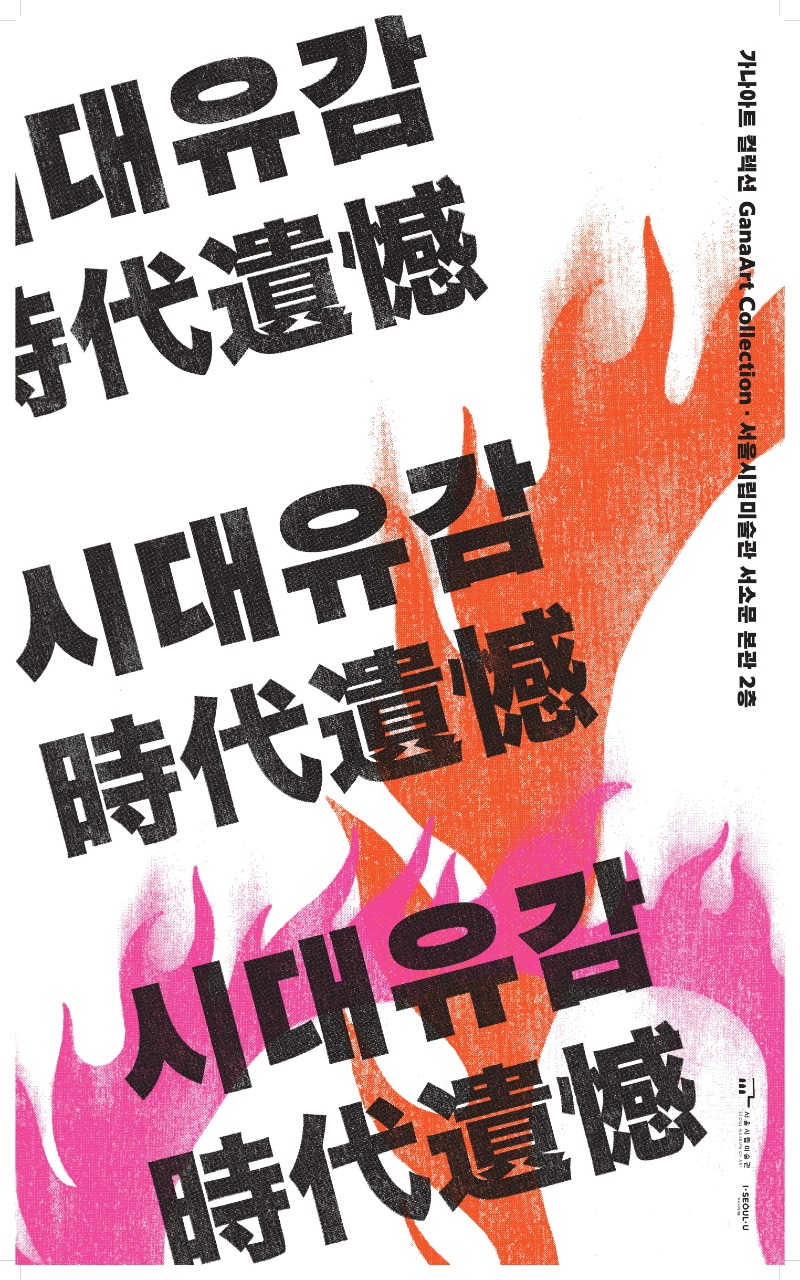
| Period| | 2019.06.03 - 2020.12.31 |
|---|---|
| Operating hours| | [Week-Friday] 10AM to 8PM [Tuesday, day, day off] Summer season (March - October) 10AM - 7PM Winter (November - February |
| Space| | Seoul Museum of Art in Seosomun/Seoul |
| Address| | 61, Deoksugung-gil, Jung-gu, Seoul, Republic of Korea |
| Closed| | Monday, January 1st |
| Price| | Free |
| Phone| | 02-2124-8800 |
| Web site| | 홈페이지 바로가기 |
| Artist| |
안보선,김용태,김정헌
|
정보수정요청



|
|
Exhibition Information
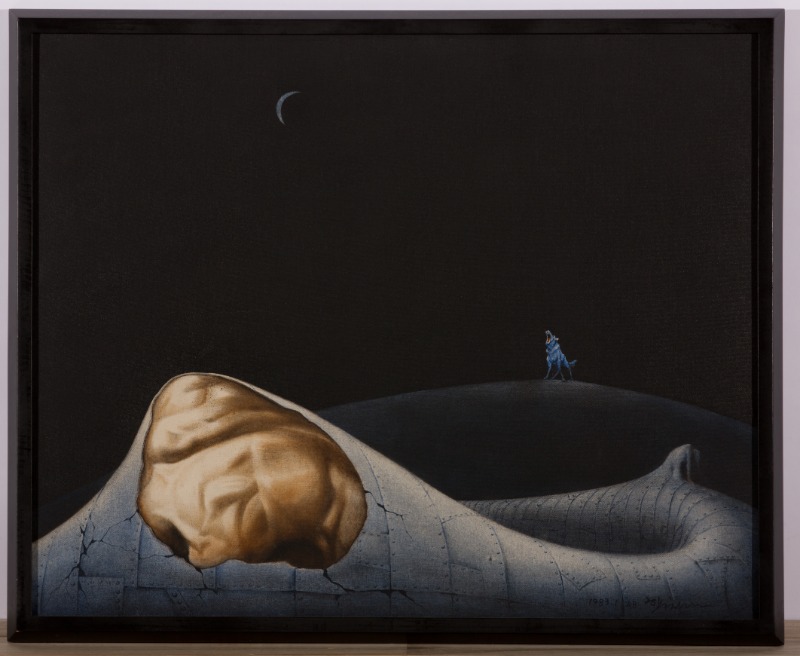
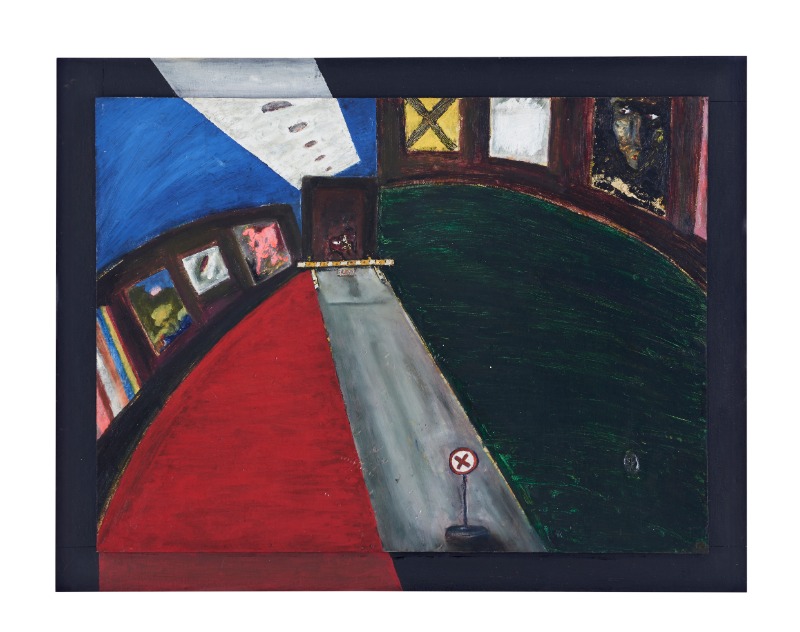
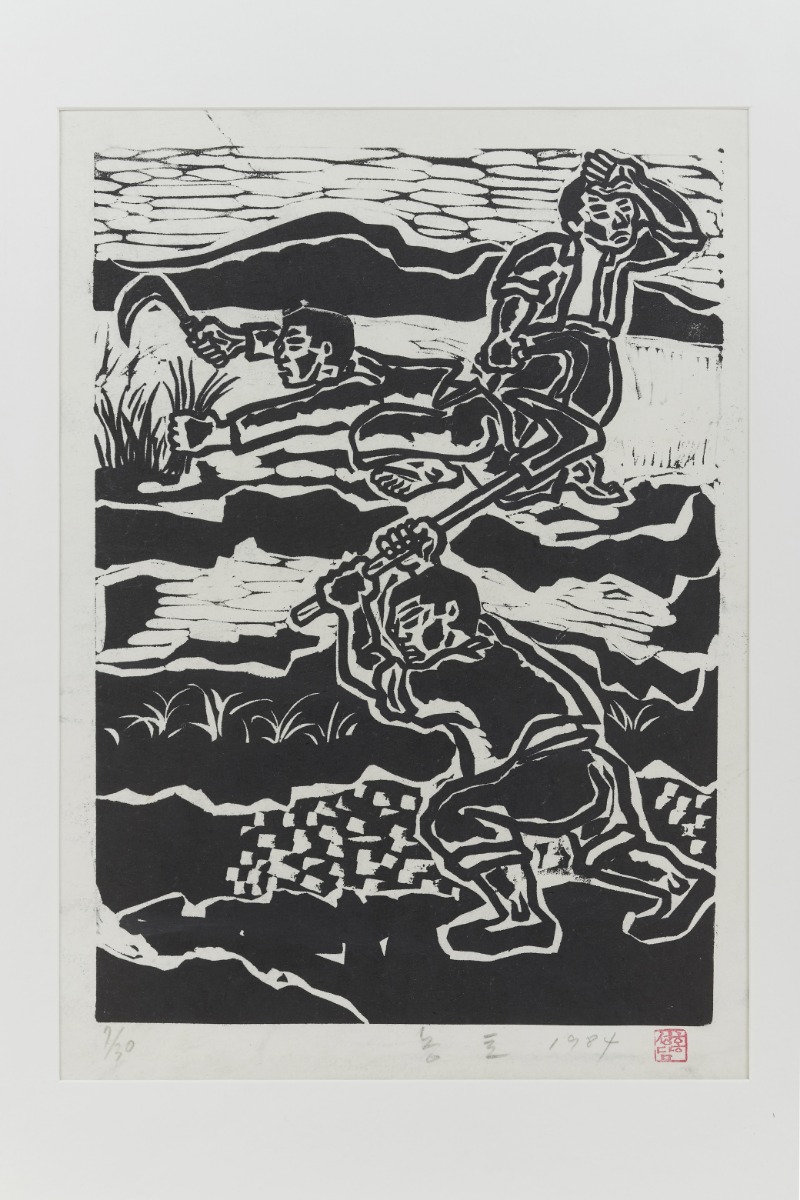
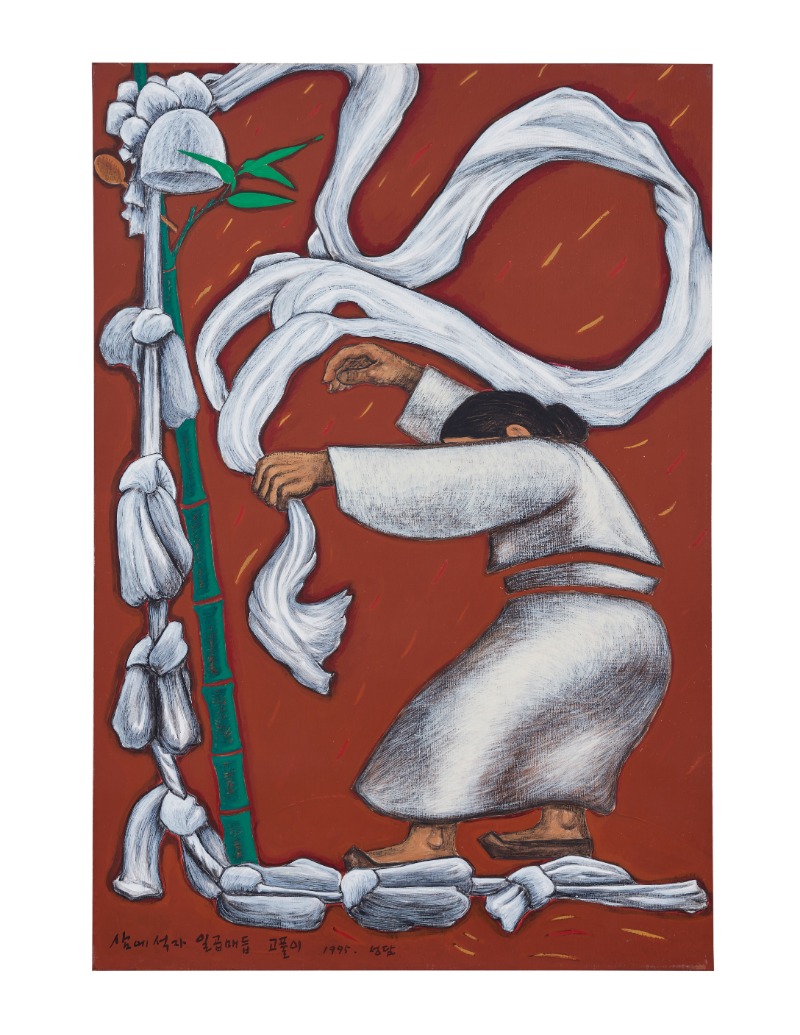
The ⟪ era-regrettable 時代遺憾⟫ is the second exhibition to introduce the "Gana Art Collection," which consists of 200 works donated by Lee Ho-jae, CEO of Gana Art, in 2001. Like CEO Lee Ho-jae's recollection that he supported a piece of realism as a natural responsibility for living in the middle part of the 1980s, the 200 works reveal vivid times memories of 46 artists who have been physically traversing the turbulent modern history of Korea. About 160 of them were produced by artists who actively promoted folk art and are considered the most fiercely contemporary art in the history of Korea's modern art. In the early 1980s, the fifth republic focused its national capabilities on industrialization and urbanization and stepped up development as the bid for Seoul for the 1988 Olympics and the "86 Asian Games" were finalized in turn. Under the "3S" policy of encouraging screens, sports and sex, the daily appearance has changed more colorful and colorful than ever, with the media growing rapidly, the launch of various professional sports and the lifting of a curfew at night. However, the unprecedented large-scale appeasement policy has turned away the lives and voices of the actual people, caused by the imbalance between urban and rural areas, the reality of the division, and unreasonable labor conditions, and induced the people's desire for democratization into political indifference Amid this trend of history, there was an outpouring of self-reflection on modernist art that remained silent on the present day and "people's art" was born. At that time, young artists and art critics in their 20s and 30s simultaneously issued a declaration calling for the formation of a small group, leading to the revival of visualization that dealt critically with political and social realities. Most of the artists introduced in the exhibition are the mastermind behind Korea's homegrown art movement through a collective solidarity. In particular, the section at the center of the exhibition hall introduces works by Kim Bong-joon, Oh Yoon, Lee Eung-no and Hong Sung-dam, who tried to overcome the pain of Korean society through "collective new life." They achieved the unique aesthetics of folk art by releasing the pain of the times with "collective divinity" such as a jubilant bout, traditional folk dance and the vitality of Yeonhui-pae. The novel, which also means a dynamic state that can easily overcome any difficulties, is also found in works and masterpieces by Ahn Chang-hong, Hwang Jae-hyung and Park In-kyung made in the late 1980s, when appeasement policies were withdrawn and the struggle for democracy was strongly heated up. The 14-meter-wide painting of a painting by a painting by a painter in the 1980s, which is considered the highlight of the exhibition, is a collaborative work of folk artists, offering a chance to appreciate masterpieces that encompass popular art in the 1980s. Through this permanent exhibition, which introduces the collection of Gana Art, which has been established as a representative collection of the Seoul Museum of Art, we hope to take a three-dimensional look at the spirit of the times and folk art that drove the turning point in the history of modern Korean art.
